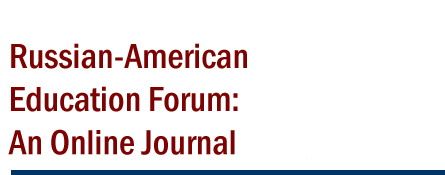
Mathematics and Language: An Analysis of Elementary Teachers' Lesson Plans in Elementary Geometry Lessons
The language of mathematics is a topic that has come to the forefront of mathematics education over the last decade (Schleppegrell, 2007; de Freitas & Zolkower, 2009; Ng & Rao, 2010). This trend, it is argued, has been ushered in part with the implementation of Common Core Mathematical Practices, which have increased awareness of how language impacts the teaching of mathematics (NGACBP& CCSSO, 2010). Many educators believe that mathematics is a universal language. Some even go so far as to suggest that mathematics is language free (Walkerdine, 1988) and culture free (Burton, 1994). This is contrary to the National Council of Supervisors of Mathematics (NCSM, 2009) position statement that contends: “Mathematics is neither value free nor culture free, but a product of human activity. Thus race, class, culture and language play a key role in its teaching and learning” (p.1). To inform this debate, we argue that it is necessary to understand the role and scope of language in a context of mathematics education at various developmental levels. The purpose of this study was to examine the mathematical vocabulary used in lesson plans by elementary school teachers (grades K-6) to determine ways in which their planned language in mathematics lessons transmits or hinders students’ mathematics register.





